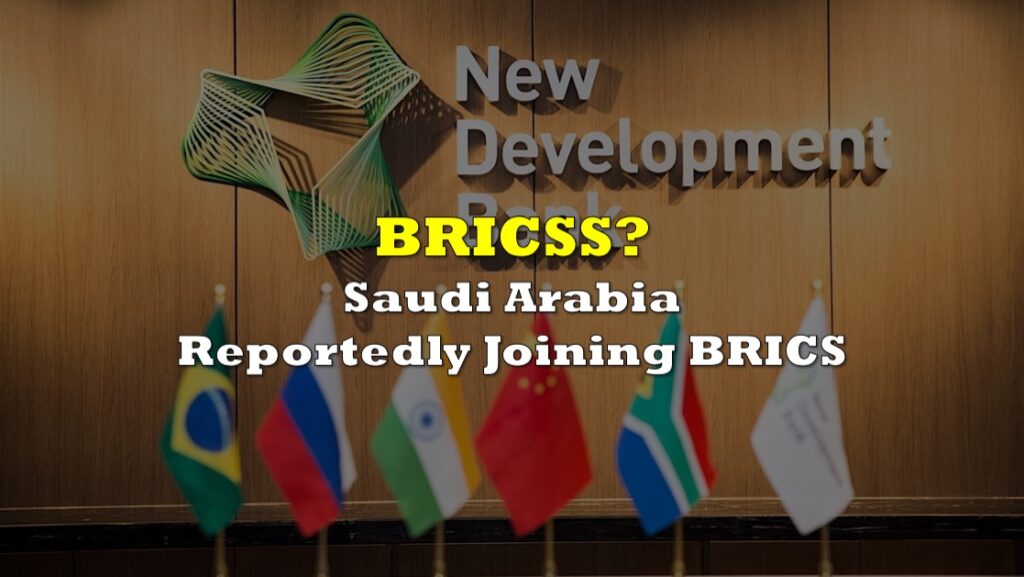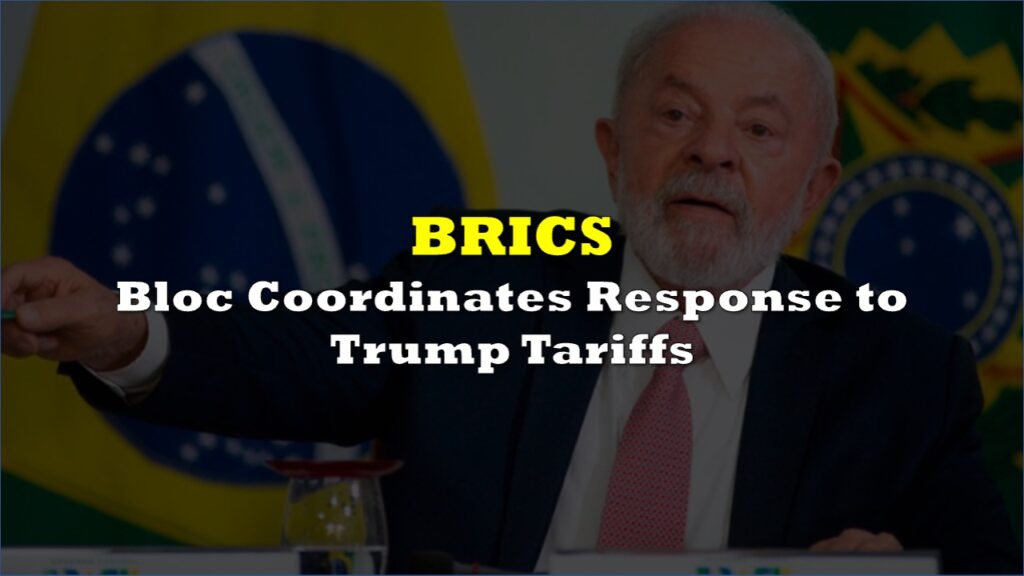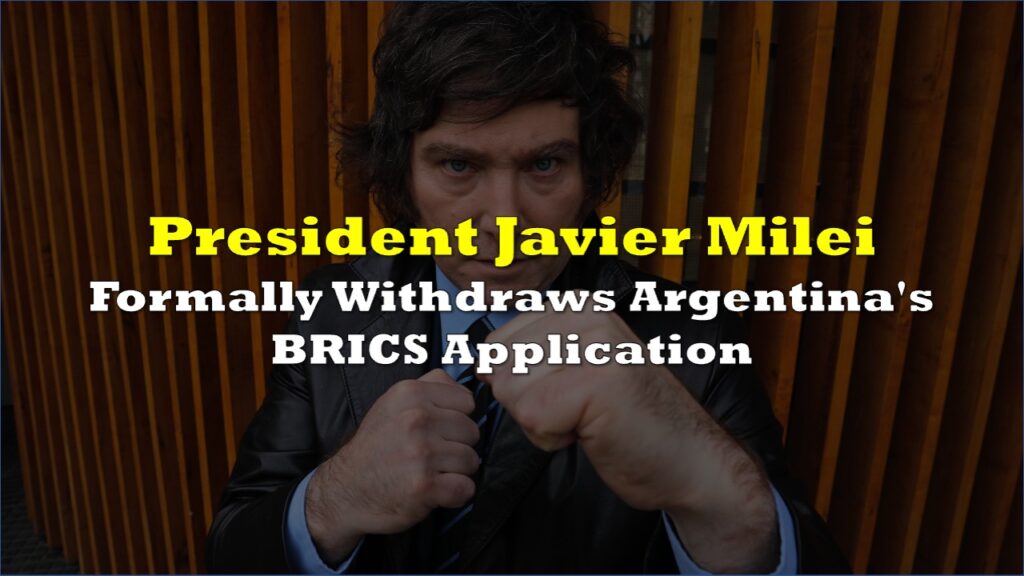In a move that signals a potential shift in global financial power, BRICS (Brazil, Russia, India, China, and South Africa) has officially unveiled its much-anticipated payment system, BRICS Pay, during the BRICS Business Forum in Moscow. This announcement marks a significant step in the bloc’s broader strategy to challenge the longstanding dominance of the U.S. dollar in international trade, raising concerns about how this might alter global economic dynamics.
With the official rollout just days ahead of the BRICS 2024 Summit, the BRICS Pay system is set to become a critical tool in the bloc’s ongoing efforts to reduce reliance on Western financial networks, a move that could have profound implications for the global economic order.
BREAKING: BRICS officially unveils a new demo of its payment system, BRICS Pay. pic.twitter.com/DOrPC21uaS
— BRICS News (@BRICSinfo) October 17, 2024
At the forum, attendees were given a first glimpse of BRICS Pay through demo cards preloaded with 500 rubles (approximately $5.15 USD). The cards, integrated with blockchain technology, allowed participants to make purchases at the World Trade Center in Moscow, offering a taste of what could soon become a new financial reality for member nations.
This first step in the rollout comes at a crucial time, just as the BRICS bloc has been accelerating efforts to reduce dependency on Western financial systems. The test cards used during the forum may seem like a simple demonstration, but the underlying message is undeniable: BRICS is working towards a future where the U.S. dollar no longer dictates the terms of international trade.
Challenging U.S. Dollar Dominance
For decades, the U.S. dollar has reigned supreme as the world’s reserve currency, giving the United States enormous influence over global trade. The ability of the U.S. to sanction countries, cut off financial flows, and exert control over international transactions through dollar dominance has been a key tool in its geopolitical strategy.
The BRICS nations, however, have made it clear that they want to end this imbalance. Over the past two years, the bloc has accelerated plans for financial independence, and the unveiling of BRICS Pay represents a bold attempt to break free from the constraints of the Western financial architecture.
BRICS Pay is not just about convenience; it’s about creating a parallel financial system that could one day bypass the need for U.S.-controlled institutions entirely. Through the blockchain-powered platform, BRICS aims to facilitate trade in local currencies, giving member states greater autonomy and reducing their vulnerability to U.S. sanctions.
At its core, BRICS Pay is designed to be a secure, blockchain-based payment system that allows member nations to conduct cross-border transactions in their local currencies. The platform could eventually extend to cryptocurrencies, further enhancing the bloc’s financial independence.
The implications of this are far-reaching. If BRICS Pay gains traction, it could fundamentally challenge the U.S.’s ability to control global trade. Countries that have long been subject to U.S. economic policies would have a viable alternative — one that allows them to engage in international trade without being forced to rely on the dollar.
Already, BRICS nations have voiced their frustrations with the weaponization of the dollar. Sanctions against Russia, in particular, have underscored the need for alternative systems. By introducing BRICS Pay, the bloc is sending a message that it is no longer willing to accept the status quo.
Information for this story was found via WatcherGuru and the sources and companies mentioned. The author has no securities or affiliations related to the organizations discussed. Not a recommendation to buy or sell. Always do additional research and consult a professional before purchasing a security. The author holds no licenses.









